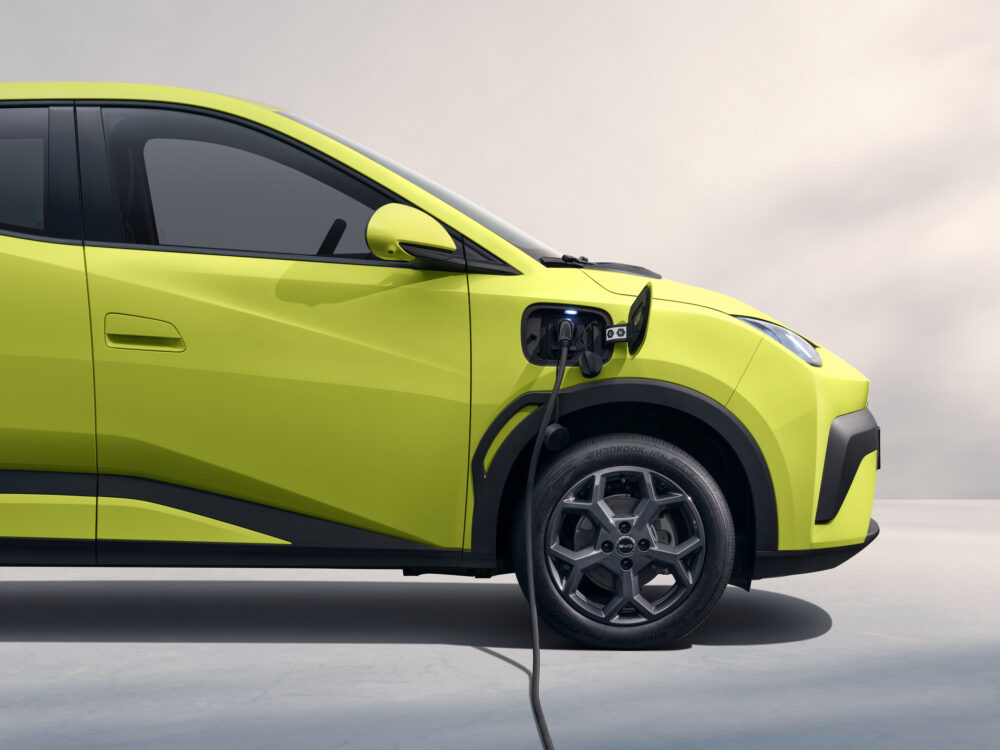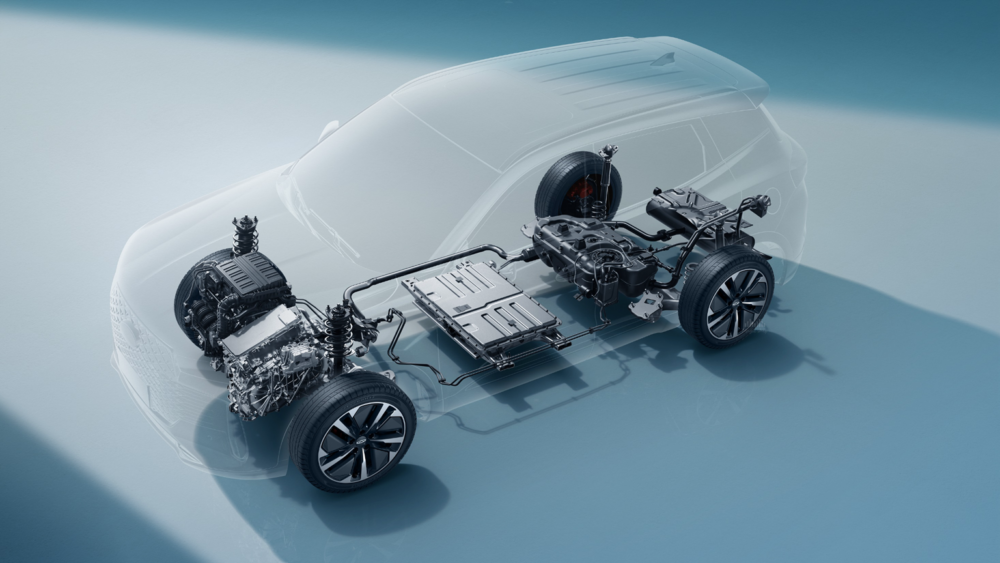Leapmotor launched the C10 which includes range extended EV technology.
Electric vehicles (EVs) have struggled to take off in South Africa, weighed down mainly by range anxiety and the lack of charging infrastructure.
Although new-energy vehicle (NEV) sales as a whole rose by 100.6% in 2024 from 2023, they made up just 3% of the market in South Africa. Traditional hybrid vehicles accounted for over 13 000 of the 15 611 NEVs sold last year.
In the first quarter of 2025, sales of EVs — a subset of new-energy vehicles — declined, although the total NEV market increased by 14% year on year. In the second quarter however, NEV sales fell by 10.1% year on year.
The country has just over 500 public charging stations nationwide, while the US has over 76 000 charging locations and the UK has 65 000.
With internal combustion engine (ICE) vehicles still dominating the market, manufacturers are constantly trying to tempt South Africans with NEVs. The country now has traditional hybrids, EVs, plug-in hybrid electric vehicles (PHEVs) and range-extended electric vehicles (REEVs). So what is the best way forward for consumers?
Thinus Booysen, professor and director of the Electrical Mobility Lab at Stellenbosch University’s faculty of engineering, argues that South Africa has one of the highest charger-to-EV vehicle ratios in the world and that the main issue inhibiting sales is the price of the cars.
“The capital cost is high because we don’t make them locally and because we have high import duties on vehicles — and even higher on EVs. However, we need the high import duties to protect our local vehicle manufacturing sector,” Booysen said.
BYD’s launch of the Dolphin Surf last month — the country’s most affordable EV at just R339 000 — and its commitment to rolling out between 200 to 300 flash charging stations in 2026, could be the catalyst for the transition to the vehicles in South Africa.
 The BYD Dolphin Surf is now South Africa’s cheapest EV.
The BYD Dolphin Surf is now South Africa’s cheapest EV.
Traditional hybrids and PHEVs
Traditional hybrid vehicles have a small battery that is generally just used to assist the engine and is charged solely through regenerative braking and the internal combustion engine. PHEVs have a larger battery that can be charged by an external source giving the vehicle a significant electric-only driving range.
While traditional hybrid vehicles have been making up most of NEV sales, PHEVs were also not affordable for South Africans before 2025. In 2024, there was not a single PHEV that cost under R1 million, but since April this year, Chinese manufacturers have released a variety of these vehicles into the local market.
BYD released the Sealion 6 in April and other brands followed suit. Omoda and Jaecoo released PHEV variants of the C9 and J7 in June, Chery released the PHEV variant of the Tiggo 7 Pro and Haval released the H6 GT in a PHEV as well. All of these models come in at under R1 million, with the Chery Tiggo 7 Pro selling for R599 000.
PHEV technology gives South African drivers the best of both worlds — the reliability of petrol and the efficiency of electric driving, according to Chery South Africa’s product manager, Refiloe Mokoena.
“Chery’s PHEVs, such as the Tiggo 7, 8 and 9 PHEV, can travel up to 1 400km on a single tank and charge, drastically reducing fuel stops. In city driving, fuel use drops to as little as 1.4 litres/100 km, cutting petrol consumption by 80 to 90%, compared with similar ICE SUVs,” he said
“It also has lower running costs, zero tailpipe emissions in electric mode, meaning cleaner driving, superior performance and increased safety and reliability.”
But even the more affordable PHEVs are still priced R100 000 to R150 000 more than their ICE variants, although Mokoena argues that they are still the way to go because of fuel savings and resale advantage.
“In essence, the extra R100 000 is a pre-payment toward lower lifetime ownership cost, cleaner driving and resilience against rising petrol prices. Over time the fuel saving will offset the initial higher entry point,” he said.
PHEVs make the most sense because they can be charged quickly and easily and if there is no charging station nearby, the petrol engine will take over, Mokoena said.
“Their dual power system eliminates range anxiety while still providing electric commuting for 80 to 170km daily. Combined with long total range — 1 200 to 1 400 km — and high efficiency, they offer the ideal transitional solution for South Africa — eco-friendly, cost-saving and reliable under any road or grid conditions.”
 Chery has used PHEV technology to deliver affordable new-energy vehicles to consumers
Chery has used PHEV technology to deliver affordable new-energy vehicles to consumers
REEV
REEVs are the newest addition to the NEV space in South Africa. Leapmotor launched in the country with its C10 last week and, instead of opting for a PHEV, the manufacturer has produced a vehicle with a battery and an engine, although the latter will only be used as a generator to regenerate the battery.
The battery can also be charged by an external power source, but the car will always be powered by the electric motor and never by the engine.
Leapmotor opted for REEV architecture for the C10 so the car drives and feels like a battery EV most of the time while keeping a much longer real-world range without the cost, weight and charging-infrastructure dependence of a large-battery, said Deidre du Plessis, head of communications at parent company Stellantis.
“Compared with a conventional PHEV, that uses its engine to drive the wheels, a REEV keeps the internal-combustion engine only as an on-board generator. That choice trades a little conversion efficiency at sustained high speed for a simpler, more electric-first driving experience, lower battery cost/weight and far less range anxiety.
“For South Africa’s current conditions, a REEV is arguably the most practical and exciting path toward NEV adoption right now, even more so than fully electric or conventional PHEV options.”